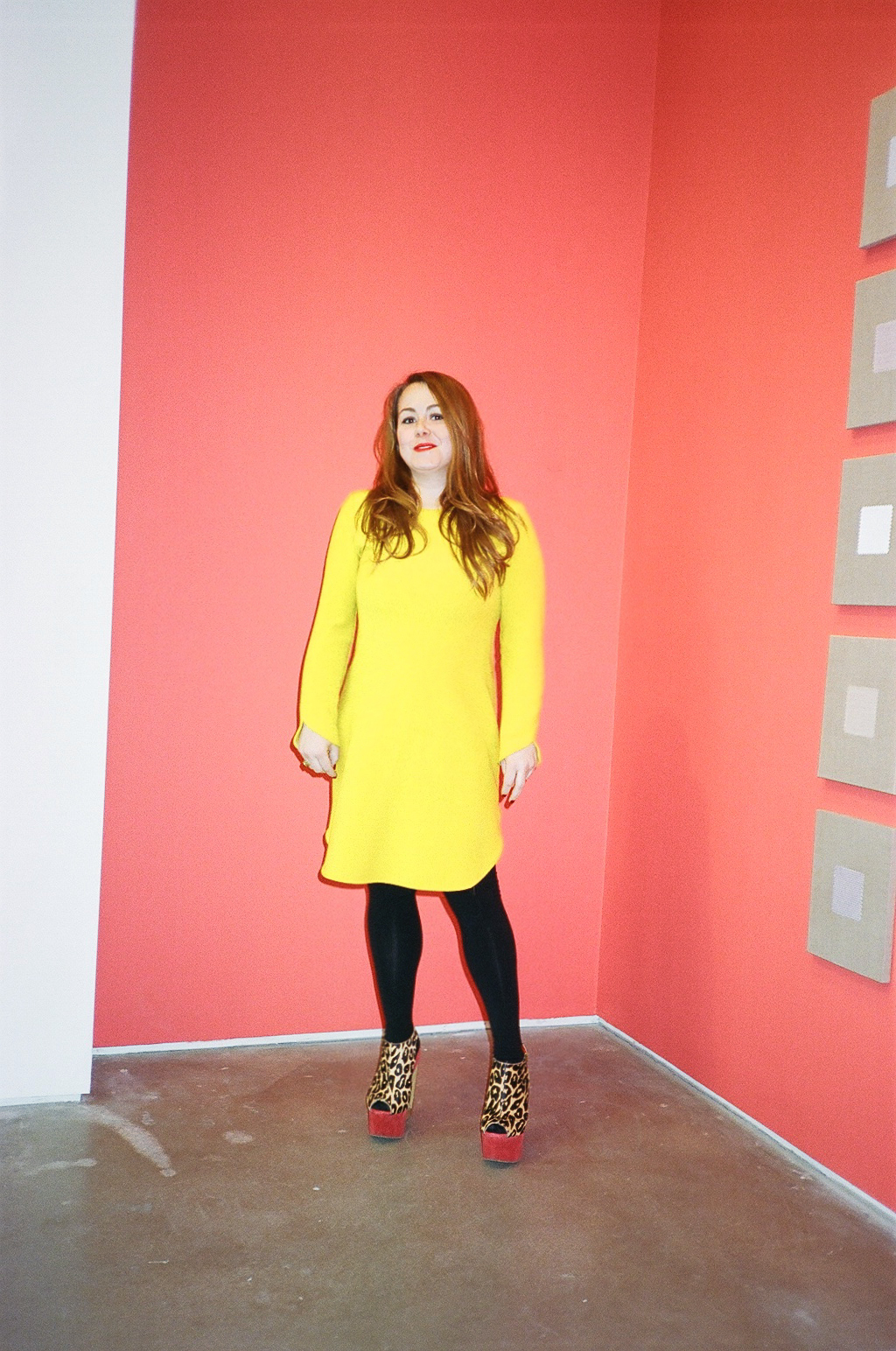
Lauren Marinaro’s story reads a bit like an art world fairy tale—or, at the very least, a case of impeccable timing. She began her career in 2008 as an assistant to dealer Zach Feuer in Chelsea, who eventually combined his eponymous gallery with Joel Mesler’s to form Lower East Side staple Feuer/Mesler. When both dealers decided last year to close shop, they gave Marinaro, then a partner, a choice: they could either close the gallery, or she could take it over.
For a lifelong art lover who ditched her business major to study art history and never pictured herself working anywhere other than a gallery, it was a pretty easy decision. “Galleries are creating art history, building the spaces for it to unfold— and I think that’s really exciting,” Marinaro gushes. “Contemporary art reflects contemporary culture, and for me, it’s so interesting to see how another individual processes the world.”
In August, Marinaro relocated to a new space with a distinct personality—and cheaper rent. The sun-soaked three-story space feels like a breath of fresh air amidst the frenetic energy of Chinatown, but raw tile floors, an unfinished basement and a general sense of giddy unpredictability betray Marinaro’s commitment to keeping its rugged roots alive.
While much of the young dealer’s roster—which includes Brad Troemel, Johannes VanDerBeek and Phoebe Washburn—are holdovers from Feuer/Mesler, she’s already proven that she’s not afraid to apply her own vision to programming. After ending this year with a solo show by Tracy Thomason, a young Brooklyn-based painter and collage artist who works with materials like activated charcoal and marble dust, she’ll kick off 2018 with an exhibition curated by former 247365 gallery owner, Jesse Greenberg.
“It will be on all three floors, so he’s going to do really weird and crazy video and performance stuff in the sub-basement,” Marinaro explains. “The basement is really raw, which is nice because then I can give it to artists to do basically whatever they want, and it doesn’t have to be within the confines of normal exhibition programming.”
Marinaro bears the hallmark of any great gallerist: her excitement about the work she shows is both palpable and contagious. She’s also relentlessly upbeat about everything from art fairs to fellow dealers. She even manages to turn the global slump in art sales into a positive.
“The collectors that stay are the people who are really serious about art, who really care about work and care about artists, so you take your time and develop relationships in a different way,” she says.
During a moment when everything feels like it’s in flux, perhaps a little of Marinaro’s brand of positivity is exactly what the art world needs in order to thrive.










 in your life?
in your life?

